The Gift of South Dakota
Subscriptions to South Dakota Magazine make great gifts!
Subscribe today — 1 year (6 issues) is just $29!
The Old Growth Pines
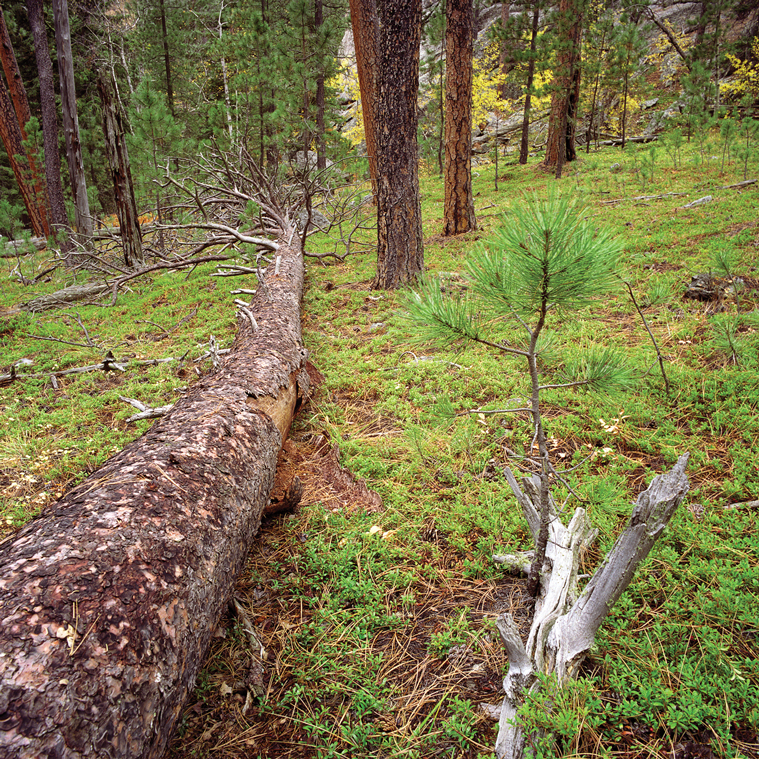 |
| Our oldest trees are seldom the prettiest specimens in the Black Hills forest. They survive on high granite crags, far from civilization. |
Eight centuries of South Dakota news and weather are recorded and preserved in gnarled old Ponderosa pines that grow high in the Black Hills forest. Stories of fires, earth slides, wet periods and severe droughts are stored beneath their bark.
Ponderosa pine is a relatively new species on the Great Plains, only dating back about 11,000 years. But the prolific pines now cover about 1 million of the Black Hills forest’s 1.25 million acres. “No one is sure exactly when the tree took root in the Black Hills,” says Frank Carroll of the Black Hills National Forest Service. Researchers at the University of Wyoming hope to answer that question.
The oldest pines live in granite crags high in the mountains of the central Black Hills, in places not easily reached by people or fire. “Rocky ridges are typically difficult areas for other trees to grow, and offer great defenses from fire and insect predators,” Carroll says.
The forestry term “old growth” generally refers to pines 150 years of age or older. Many such patches exist in the Black Hills, despite more than a century of logging and development. One particular place near Mount Rushmore has trees known to be over 600 years old; another summit by Hill City has trees over 750 years old.
The aged pines are gnarled, knotted and crooked, and often show damage from lightning and wind. They usually survive on barren, rocky environs that hardly seem fit for plant life. Their bark is thick and plated like armor, with big crevices.
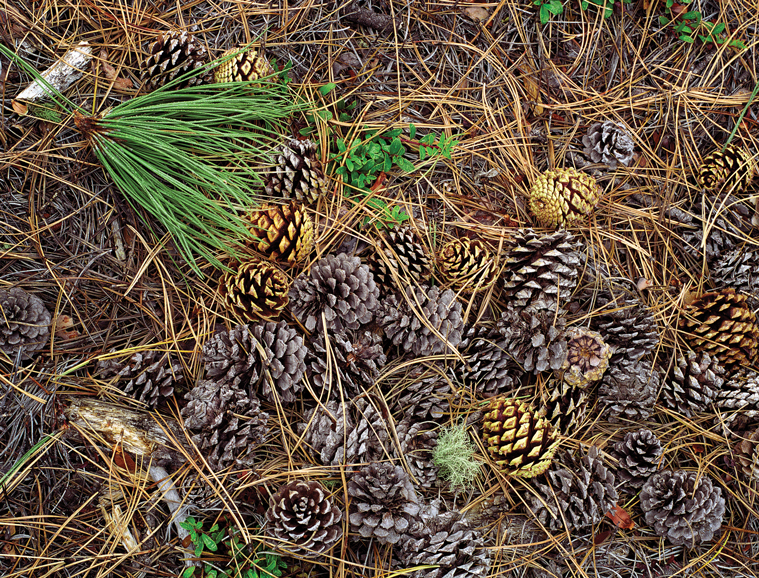 |
| The forest floor is a cornucopia of cones, needles, wildflowers and grasses. When the vegetation become stoo dry, it can ignite into fire, the scourge of old growth trees. |
Forest Service officials don’t advertise such trees’ exact locations because some people do not respect antiquity. The oldest living thing on earth was killed in 1964 when a student cut down Prometheus, a 4,862-year-old Bristlecone pine in Nevada, for study. Now the oldest is a 4,769-year-old Bristlecone pine known as Methuselah, rooted in the White-Inyo Mountains of California. Methuselah was recording climate conditions on its rings before the written word was developed in Mesopotamia (now Iraq).
Trees tell their stories through their rings, layers of wood cells formed during each growing season. Thin-walled cells formed early in the growing season are called earlywood. Later in the growing season, thicker-walled cells called latewood are produced. The ring is determined from the inside edge of the earlywood to the outside edge of the latewood. The most fruitful growing conditions produce larger cells, and the circumference of the tree expands accordingly.
Tree rings can also be used to date wooden artifacts even after a tree has been cut down. They can determine the age of a long abandoned cabin in the Black Hills, or of a wooden bridge, or old mineshaft. A thousand years from now, scientists will be able to determine when the Missouri River’s concrete dams were built by studying the rings of trees drowned by the rising water.
Scientists can determine when ancient events occurred by tracing the effects of landslides, fires, glaciers and other catastrophes. The mapping of younger trees surrounded by older trees might reveal, for example, that the new growth of young trees filled the rubble of an earth slide.
Ring data is obtained by taking core samples from the pines, causing no harm to the tree. Scientists insert a small hollow rod into the trunk to capture a cross section of the rings. The tube is then withdrawn and the data is preserved and interpreted.
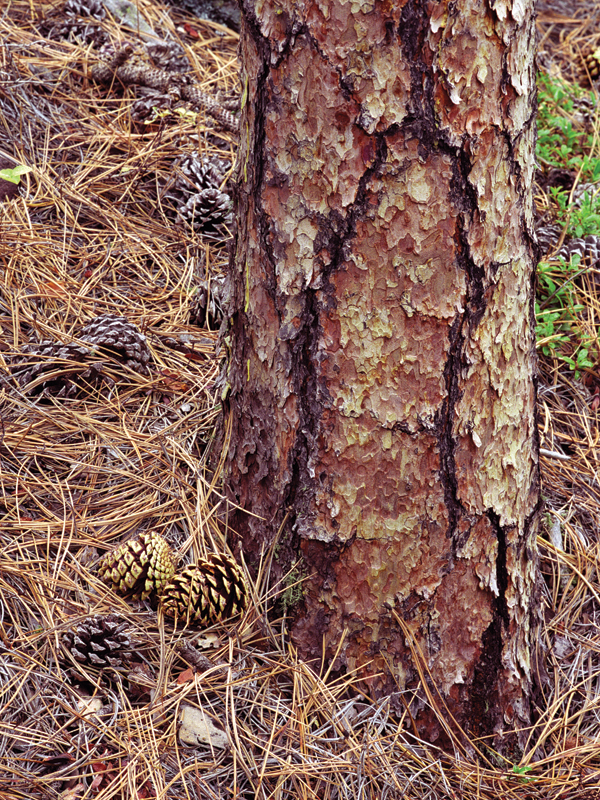 |
| The rings inside ancient trees tell the stories of catastrophic natural events from centuries ago. |
Scientists can compare the rings of individual trees to others in a certain geographic area — for example, North Dakota, Colorado, Nebraska, Wyoming and South Dakota — to learn the history of weather patterns that occurred on the Northern Plains before written time.
A particular 762-year-old pine tree near Hill City was the source of a scientific paper by Matthew Bunkers on the history of droughts in the area. Bunkers, a science and operations officer at the National Weather Service’s Rapid City bureau, has written many papers on our local weather. “The most interesting fact from our research is that droughts likely have exceeded the duration and intensity of the 1930s Dust Bowl drought,” Bunkers says.
South Dakota students were once taught that the Great American Desert began at the 100th Meridian, which runs through the small town of Blunt, east of Pierre. Eastern bankers once hesitated to loan money to homesteaders and businesses west of that longitudinal line. Locals scoffed at the notion that the West was a desert, but the bankers had a point. The 1860s brought one of the worst droughts in the history of the Great Plains, and the period of 1859 to 1873 was drier than the infamous Dirty Thirties.
Our driest spell may have been a 20-year drought from 1531 to 1551, when the yet-to-be-mapped Dakotas were twice as dry as they were in the Dirty Thirties. The older dates are less scientifically reliable because of the lack of sufficient older trees to sample.
The driest recent periods, as determined from tree rings, were the 1933 to 1942 drought and a stretch from 1956 to 1961. The converse is also interesting. The period from 1962 to 1969, the wettest in recent memory, is the 10th wettest era. The period from 1882 to 1889, when much of South Dakota’s territorial history occurred, is the sixth wettest. Railroad and town boosters were then advertising Dakota’s lush prairie to people around the world. They didn’t mention the 1860s, especially not to the bankers.
Today many policy-makers, pundits, politicians and scientists are debating causes of climate change and whether our current shift is natural or man-made. We have a responsibility to sort through their arguments, and the oldest trees found in the United States — the Bristlecone pine, and their younger cousin, the Ponderosa pine — have much of the data we need to make informed decisions. We can argue about the weather, but the pine trees know.
Editor’s Note: This story is revised from the March/April 2008 issue of South Dakota Magazine. To order a copy or to subscribe, call (800) 456-5117.


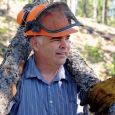
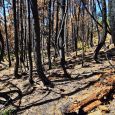
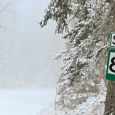
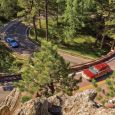


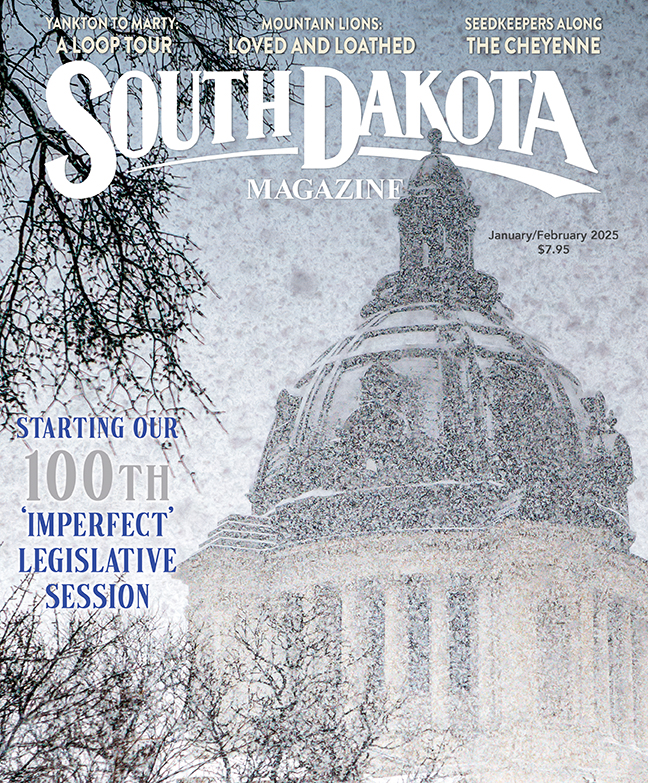

Comments